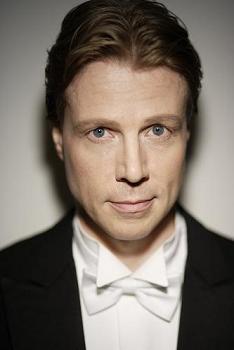The Deathly Hallows Symbol

Some fear that the Harry Potter books introduce children to the occult; they are not entirely mistaken.
According to Wikipedia, the “Deathly Hallows” of the final Harry Potter novel are “three fictional magical objects that appear in the book.”
The vertical line, circle, and triangle in the symbol pictured above are said to refer to these three magical objects.
One fan relates the “Deathly Hallows” symbol
above, taken from the spine of a British children’s edition of the
book, to a symbol for “the divine (or sacred, or secret) fire” of
alchemy. She relates this fire in turn to “serpent power” and the
number seven:
Kristin Devoe at a Potter fan site:
“We know that seven is a powerful number in the novels.
Tom Riddle calls it ‘the most powerfully magic number.‘ The
ability to balance the seven chakras within oneself allows the person
to harness the secret fire. This secret fire in alchemy is the same as
the kundalini or coiled snake in yogic philosophy. It is also known as
‘serpent power’ or the ‘dragon’ depending on the tradition. The
kundalini is polar in nature and this energy, this internal fire, is
very powerful for those who are able to harness it and it purifies the
aspirant allowing them the knowledge of the universe. This secret fire
is the Serpent Power which transmutes the base metals into the Perfect
Gold of the Sun.
It is interesting that the symbol of the caduceus in alchemy is
thought to have been taken from the symbol of the kundalini. Perched
on the top of the caduceus, or the staff of Hermes, the messenger of
the gods and revealer of alchemy, is the golden snitch itself! Many
fans have compared this to the scene in The Order of the Phoenix where Harry tells Dumbledore about the attack on Mr. Weasley and says, ‘I was the snake, I saw it from the snake’s point of view.‘
The chapter continues with Dumbledore consulting ‘one of the fragile
silver instruments whose function Harry had never known,’ tapping it
with his wand:
The instrument tinkled into life at once with rhythmic
clinking noises. Tiny puffs of pale green smoke issued from the
minuscule silver tube at the top. Dumbledore watched the smoke closely,
his brow furrowed, and after a few seconds, the tiny puffs became a
steady stream of smoke that thickened and coiled into he air… A
serpent’s head grew out of the end of it, opening its mouth wide. Harry
wondered whether the instrument was confirming his story; He looked
eagerly at Dumbledore for a sign that he was right, but Dumbledore did
not look up.
“Naturally, Naturally,” muttered Dumbledore apparently to himself,
still observing the stream of smoke without the slightest sign of
surprise. “But in essence divided?”
Harry could make neither head not tail of this question. The smoke
serpent, however split instantly into two snakes, both coiling and
undulating in the dark air. With a look of grim satisfaction Dumbledore
gave the instrument another gentle tap with his wand; The clinking
noise slowed and died, and the smoke serpents grew faint, became a
formless haze, and vanished.
Could these coiling serpents of smoke be foreshadowing events to come in Deathly Hallows where
Harry learns to ‘awaken the serpent’ within himself? Could the snake’s
splitting in two symbolize the dual nature of the kundalini?”
Related material
The previous entry–
and the following
famous illustration of
the double-helix
structure of DNA:

This is taken from
a figure accompanying
an obituary, in today’s
New York Times, of the
artist who drew the figure.
The double helix
is not a structure
from magic; it may,
however, as the Rowling
quote above shows, have
certain occult uses,
better suited to
Don Henley’s
Garden of Allah
than to the
Garden of Apollo.

Similarly, the three objects
above (Log24 on April 9)
are from pure mathematics–
the realm of Apollo, not
of those in Henley’s song.
The similarity of the
top object of the three –
the “Fano plane” — to
the “Deathly Hallows”
symbol is probably
entirely coincidental.


















Recent Comments